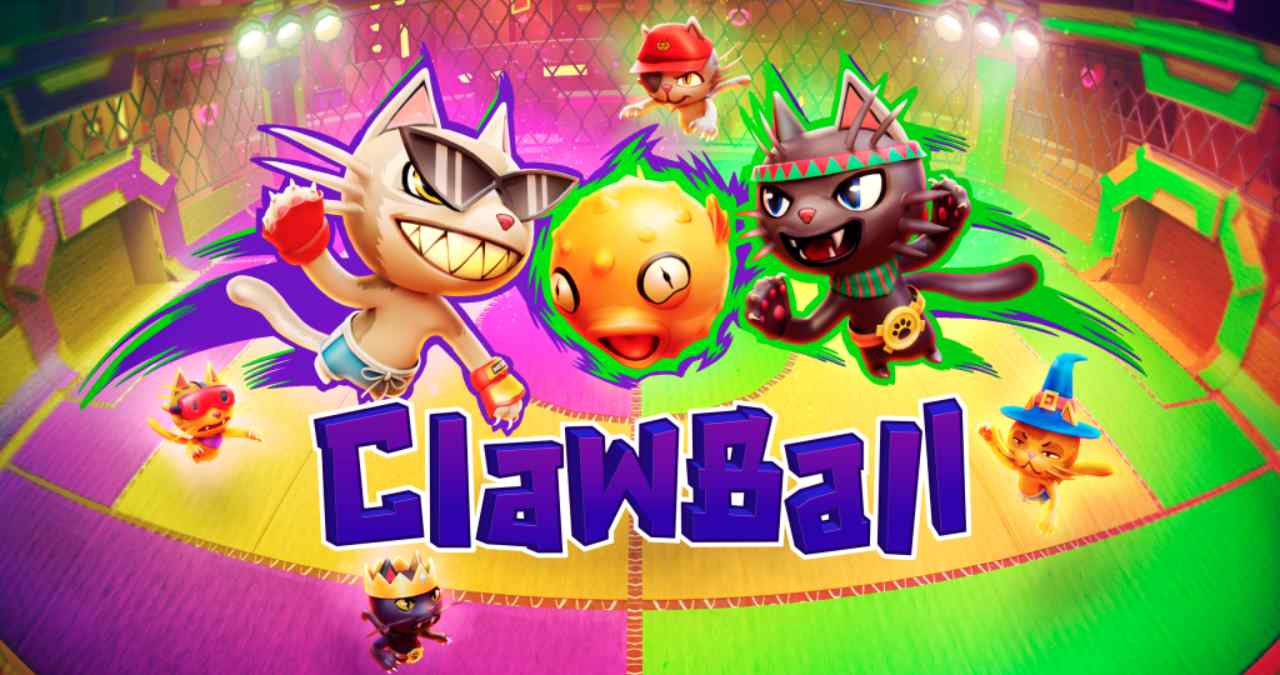Clawball VR has officially left early access, bringing its full version to PC VR after a period of active iteration. The game sits somewhere between party brawler and arcade sports, dropping players into a compact arena with oversized mechanical claws and bouncing projectiles.
The result is a VR experience that doesn’t take itself seriously but still manages to push physical interaction and spatial awareness. It’s fast, clumsy by design, and tuned for local or online play sessions where chaos is part of the fun.
Gameplay Built Around Claws, Arenas, and Mayhem
The core mechanic in Clawball VR is, unsurprisingly, the claw. Players control oversized mechanical hands in a 3D arena, using them to grab, throw, and smash objects or other players. It’s part dodgeball, part sumo, and part mini-game collection.
Matches can be one-on-one or team-based, with multiple game modes that shuffle objectives: collect the most coins, survive falling hazards, or score by slamming objects into targets. The game leans heavily into physical comedy, with intentionally awkward claw controls and unpredictable physics shaping every encounter.
Multiplayer Emphasis With Room for Local Play
Online multiplayer is the clear focus, supporting up to four players per match. But Clawball VR also includes a local mode, with mixed VR/PC input options that allow one player in-headset and others on standard controls.
That makes it one of the few current-gen VR games to actively support party play in the same room. It doesn’t rely on long match queues or competitive rankings. Instead, it treats each session like a drop-in arcade game with short rounds and quick restarts.
Visual Design Keeps It Clean and Playable
Visually, the game sticks to a bright and minimal art style. Character avatars are intentionally goofy, environments are colorful but uncluttered, and UI elements are designed to be readable in motion. Nothing flashy, but it works especially in the chaos of close-quarters movement.
That minimalism also helps keep motion sickness at bay. There’s no artificial locomotion, and most movement happens through room-scale interaction or brief dashes. It keeps the game accessible, especially for casual VR setups with limited space.
Virtual Reality Explorer & Game Reviewer
Always the first to plug in. VRSCOUT dives head-first into the most immersive VR worlds, analyzing mechanics, comfort, innovation, and that elusive “presence” factor. If he says it’s worth it, it probably is.




